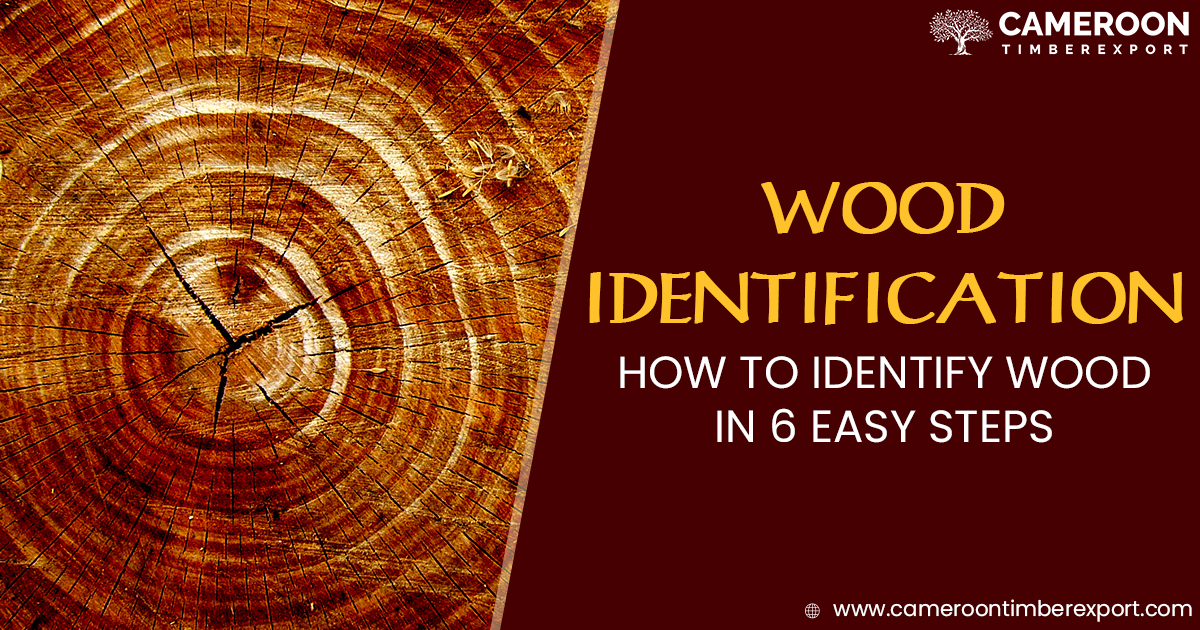Whether you are a professional woodworker, someone who works in construction, or are a wood enthusiast, the timber identification technique is the ability to identify one wood species from one another that might be valuable to you. There is no way you can learn to identify all kinds of lumber in just one day or by reading just one article, but this article about ‘the best ways to identify top & common wood species can be a good start.
Note that it may not always be possible to 100% correctly identify wood type, no matter how much knowledge or experience you have. As Eric Meier of Wood-database.com says, “The more accurate and thorough my identification process becomes, the more certain I become that I really cannot guarantee that I am correct.” Keep that in mind when you start your timber identification journey.
Timber Identification On Different Basis
There are multiple ways of Timber identification, which work best when used combinedly.
1. Identifying Wood Based on Solidity
Solidity is the characteristic of how solid the lumber is. Before we begin to identify the wood species, it is important to first confirm that it is actually solid wood or natural wood, and not manufactured by men. Here are some ways to do that:
- The endgrain of man-made or manufactured lumber is easily distinguishable from the endgrain of natural lumber.
- Real wood has growth rings clearly visible on freshly sawn surfaces.
- Veneered wood usually has repeating grain patterns.
- Check if it is plastic painted or printed to give a wood-like appearance.
2. Timber Identification Based on Color
Another quick and easy way of lumber identification is through its color and appearance. Here is how.
- Natural timber color vs stained: First of all, verify whether the color on the wood you’re trying to identify is natural or not.
- Weathered wood: Mostly, wood gets darker with age. So, if you’re trying to identify an aged/old wood, chances are the color would be darker (or occasionally lighter) than the original lumber color. The best way to confirm this is by sanding a corner of the wood item to unveil its original color.
3. Identify Wood Type Based on Grain
If the lumber is fresh or unfinished, it is possible to identify the type by looking at the wood grain. Here’s how.
- While most hardwoods have an open, porous texture (some exceptions such as maple are there), softwoods will generally have a perfectly smooth surface.
- Quartersawn vs plainsawn: Many times, it’s possible to identify wood grain patterns based on how the timber has been cut.
- Some wood species have unusual or specific figures on their freshly sawn surfaces, which make them easy to identify. Soft maple, for instance, has curly grain patterns located closely together.
4. Timber Identification Based on Weight & Hardness
The weight of one wood species will almost always be different from the weight of other species. So, you can identify timber based on its dry weight, hardness and density.
- If possible, try to weigh the wood and then compare it to commonly known wood species based on weight.
- Measure the lumber length, width, and thickness, and calculate its density in order to figure out weight per unit volume.
- To get an idea of the wood hardness, try cutting a corner with your fingernail.
5. Timber Identification Based on Origin & History
It is also completely possible to identify a wood based on its origin and history. So, ask yourself questions like where did the lumber come from and how old is it in order to find out the type.
- Based on the wood origin, it is possible to identify whether the wood was processed locally or imported from someplace else.
- If the wood came from a certain timber mill or carpenter, it is likely to identify the type based on the common types of wood that the mill or carpenter uses.
- Similarly, wood can be identified based on its age. Some species such as Brazilian Rosewood, for instance, are no longer commercially available because of CITES restrictions.
6. Other Timber Identification Factors – odor, uses, etc.
Wood can also be identified based on other factors such as odor and wood applications. For example, red oak and maple are usually the common choices for hardwood flooring. Similarly, many lumber species have their distinct scent, which can be used to identify them.
So, by now, you must have a quite good idea about how to identify wood type based on different factors such as weight, color, strength, hardness, uses, odor, etc. If you are still not sure, do contact us to help identify the type of your Timber.
CameroonTimberExportSarl is a top exporter and supplier of premium quality African wood timber and logs in Cameroon, Africa. You can buy all top quality African timber in a variety of species at wholesale price directly from us and get delivery to all locations anywhere in the world.
The timber species we supply include but are not limited to Afromosia, Anigree, Azobe, Bilinga, Bubinga, Black Limba, Doussie, Ebony, Ironwood, Iroko, Ekop-naga, Ekop-beli, Mahogany, Merbau, Makore, Meranti, Maobi, Okan, Ovangkol, Okoume, Rosewood, Pine wood, Padauk, Pachyloba, Sapele, Tali, Teak, Wenge, Zebrawood, and Zebrano.
For enquiries about price, availability, and delivery to your location, call us today +237 683 37 5541.

